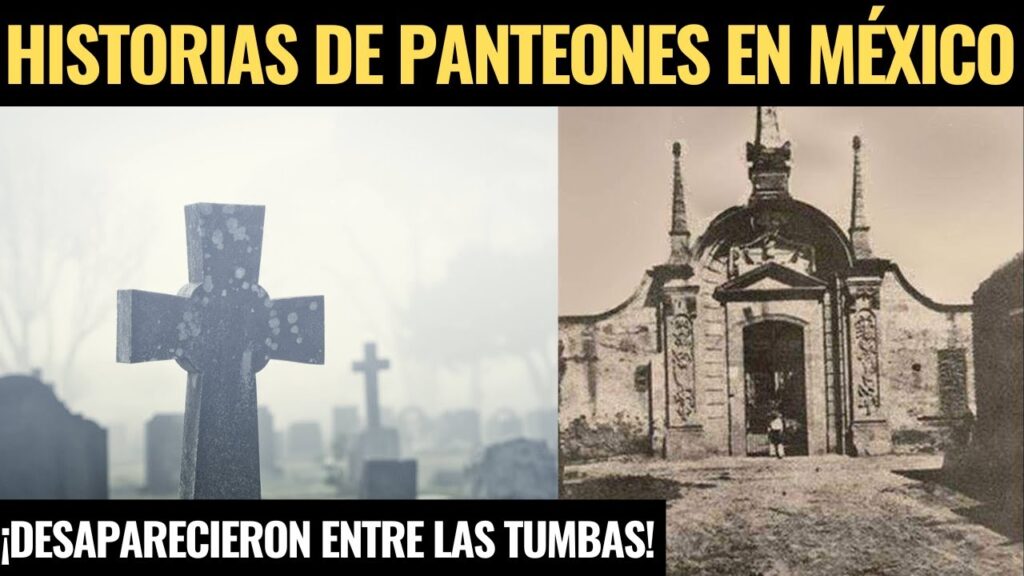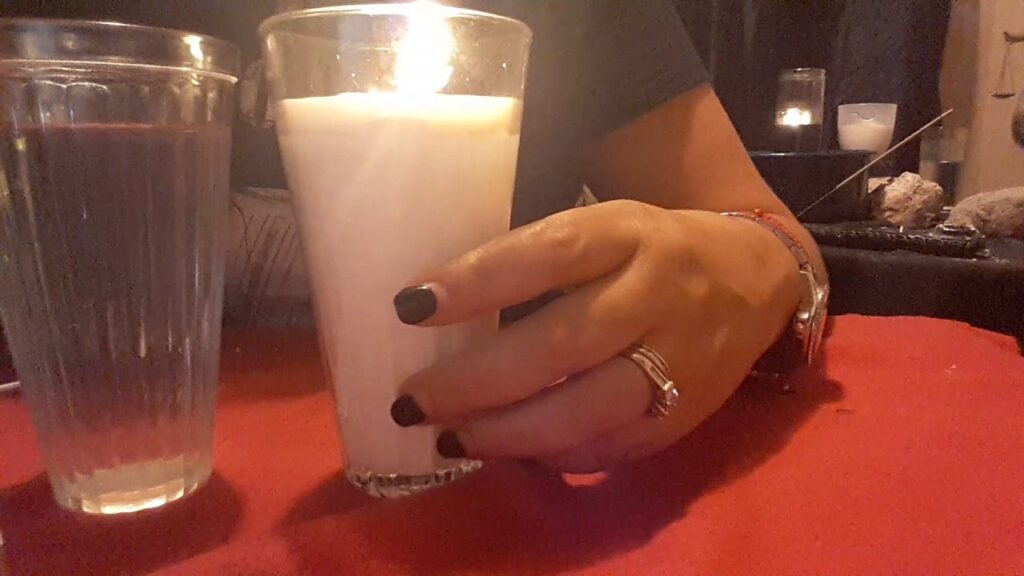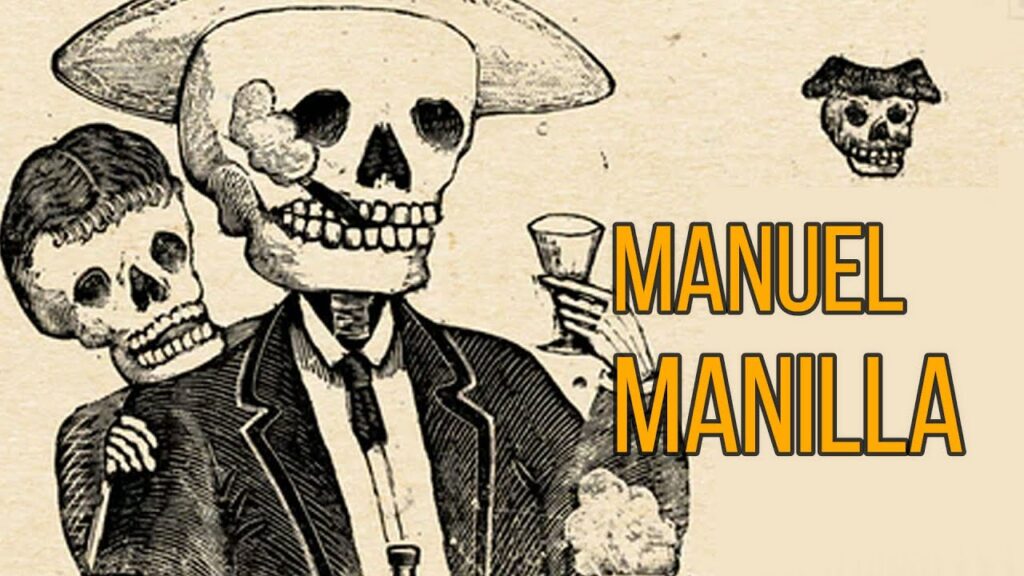Introduction to Day of the Dead Tales
The Day of the Dead, or Día de los Muertos in Spanish, is a vibrant and poignant holiday celebrated throughout Mexico. This multi-day holiday, which takes place from the 31st of October to the 2nd of November, is a time when families come together to honor and remember their deceased loved ones. Far from being a mournful event, it is a festive, colorful occasion, bursting with rich traditions, elaborate decorations, and of course, captivating tales that have been passed down through generations.
Origins of the Day of the Dead can be traced back to indigenous observances dating back hundreds of years to an Aztec festival dedicated to the goddess Mictecacihuatl. Tales of the underworld and the afterlife were a significant part of the folklore surrounding this event. As time went on, these indigenous traditions blended with All Saints’ Day and All Souls’ Day customs brought by Spanish conquistadors, adding depth and complexity to the holiday’s storytelling tapestry.
During the Day of the Dead, the boundary between the living and the dead is believed to blur, allowing the spirits of the deceased to return and rejoice with their families. Many of the tales told during this time center around poignant reunions and the joy of remembering. The stories serve not only to entertain but also to convey the philosophical message that death is not an end, but a natural part of life’s continuum.
La Calavera Catrina, a skeleton figure dressed in elegant attire, has become an icon of the Day of the Dead, and she stars in many stories and artworks associated with the holiday. She was originally created by the artist José Guadalupe Posada as a satire of Mexican natives who aspired to adopt European aristocratic traditions in the early 20th century. Today, La Catrina represents the democratization of death, showing that regardless of our status in life, we all face the same end.
Each region in Mexico offers a unique twist to the Day of the Dead celebrations, and the tales shared also have their own local flavor. In the lakeside town of Pátzcuaro, for instance, the indigenous Purépecha people hold their own distinct ceremonies, and the legends they share reflect their deep connection to nature and their ancestors. From ghostly apparitions to lively skeletons, the stories are a testament to Mexico’s rich cultural heritage and its peoples’ relationship with death.
Unraveling the Stories of Mexico’s Largest Cemeteries
When travelers contemplate the rich tapestry of Mexico’s history, they often overlook the solemn gardens of stone and memory—the country’s largest cemeteries. These silent cities are not only the final resting place for the departed but also a mosaic of stories etched into the very soul of Mexico. Each mausoleum tells a tale; each headstone holds whispers of a past life, reflecting the diverse epochs, from the early indigenous civilizations through to the Spanish conquest and the colorful eras that followed. Walking through these cemeteries is like turning the pages of a history book written in marble and wrought iron.
In cities like Mexico City and Guadalajara, the cemeteries capture the essence of the nation’s identity. The Panteón de Dolores in Mexico City, for instance, is one of the largest cemeteries in the Americas and hosts the final resting places of many notable figures. The ornate mausoleums and chapels here display a range of architectural styles, from Art Nouveau to Baroque, mirroring the changing tastes and influences of Mexican society. Each Day of the Dead, these resting places transform into vivid spectacles of life, with families gathering to honor and remember their ancestors with ofrendas (offerings), marigolds, and candlelit vigils, revealing a unique perspective on the Mexican approach to life and death.
History enthusiasts will find a treasure trove of tales in the weathered tombs and intricate crypts. The Panteón de Belén in Guadalajara, for example, is renowned not just for its historical significance but also for the legends and ghost stories that have emerged from its tombs over the years. Visitors are often captivated by the guided nighttime tours that recount the lives of the cemetery’s eternal residents. Here, ancient trees cast eerie shadows over elaborate sculptures, and the whispers of old folklore mingle with the evening breeze, promising a haunting yet fascinating journey for those who dare to explore.
Exploring the Cultural Significance of Day of the Dead
The Day of the Dead, or Día de los Muertos in Spanish, is an iconic festival celebrated throughout Mexico, blending indigenous beliefs with Catholic traditions. While many people associate this day with the aesthetics of colorful sugar skulls and marigold flowers, its significance runs much deeper in the hearts of those who celebrate it. On this day, families come together not to mourn but to rejoice and remember the lives of their departed loved ones.
At the core of the Day of the Dead is the concept of death being a natural part of life’s continuum, not an end but a stage in a grand cycle. Traditionally held on November 1st and 2nd, these dates coincide with the Catholic observances of All Saints’ Day and All Souls’ Day but are uniquely interpreted by Mexican culture. The fusion of these perspectives creates an intimate celebration that acknowledges death as something to be respected and cherished, not feared.
Festivities during the Day of the Dead are vibrant and elaborate. Altars, or ofrendas, brim with photographs, keepsakes, and favorite foods of the deceased, establishing a temporary but deeply emotional bond between the living and the dead. The widespread belief is that spirits return to the world of the living for a short time during this period, and these offerings serve as a welcome for their souls. The act of preparing an ofrenda is a reflective process, giving participants a chance to recount memories and celebrate the personality and history of those who have passed on.
In recent years, the Day of the Dead has gained international attention, inspiring fascination and respect for its rich traditions and practices. It shines as a brilliant example of Mexico’s cultural heritage, emphasizing social cohesion and the importance of remembering ancestors. As travelers and adventure seekers delve into the heart of this tradition, they often find themselves moved by the profound spirit of celebration, which transforms their understanding of life and death in the most beautiful way.
Personal Accounts and Mysterious Legends from the Graveyards
Mexico’s graveyards are as much a repository of the dead as they are of the living stories and elusive whispers that float through the night air. Travelers who have braved these spaces after dusk often share tales of encounters that defy explanation. Specters in antique garb wandering between the crypts, apparitions of weeping women, and the sound of mariachi music from unseen sources are just some of the personal accounts that have been passed down through generations. These tales often bear striking similarities regardless of the teller’s background, suggesting that the spirits of Mexico’s rich and tumultuous history may indeed walk amongst us.
One such tale is that of La Planchada, a nurse who roams the halls of hospitals, near graveyards, caring for the sick when the living staff seems overwhelmed. Witnesses describe a figure in a crisply ironed nurse’s outfit, her silent presence paradoxically bringing comfort to those who encounter her. Despite her benign demeanor, the legend speaks of a tragic past, love lost, and a life devoted to others, even beyond death. Accounts of her appearances show a trend; they often coincide with the nights of the full moon, giving wanderers and locals alike a time frame to possibly catch a glimpse of this phantasmal caregiver.
Another persistent story is that of the phantom bride of Isla de las Muñecas, a small island near Mexico City famed for its thousands of disturbing dolls hanging from trees. Legend has it that a young bride, who died tragically on her wedding day, haunts this place. The disconcerting setting paired with the sight of a sorrowful woman in a white gown is a spine-tingling experience reported by numerous adventure seekers. Unsurprisingly, the island’s eerie atmosphere only fuels the legend, with the decaying dolls seemingly watching and guiding the ghostly bride as she searches endlessly for her lost love amongst the twisted branches.



